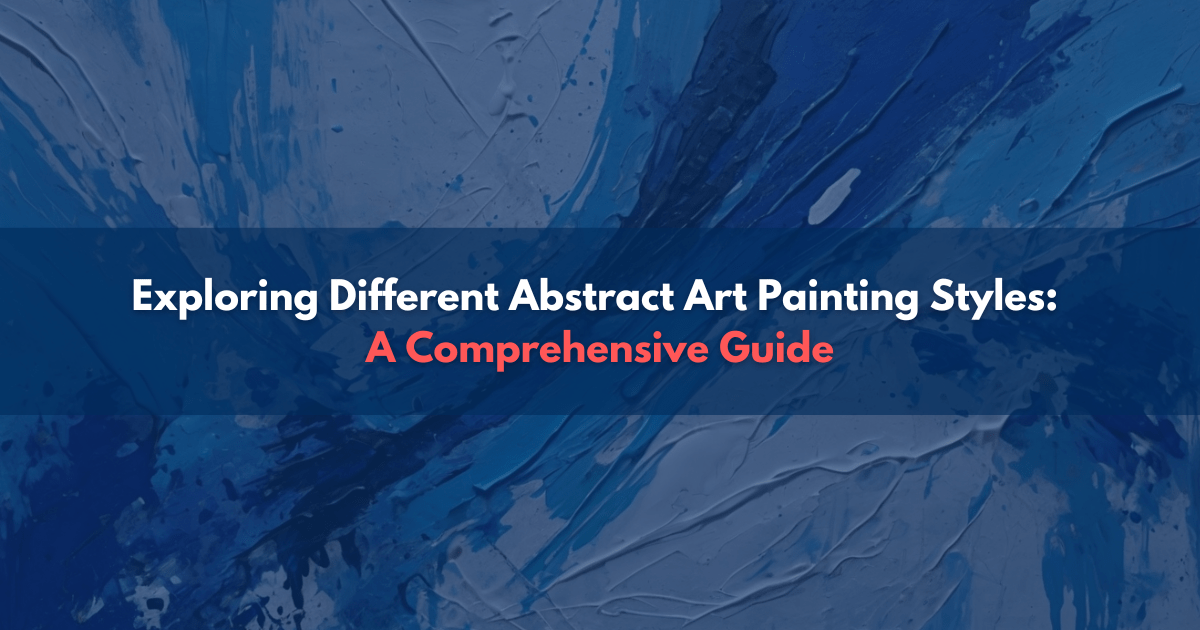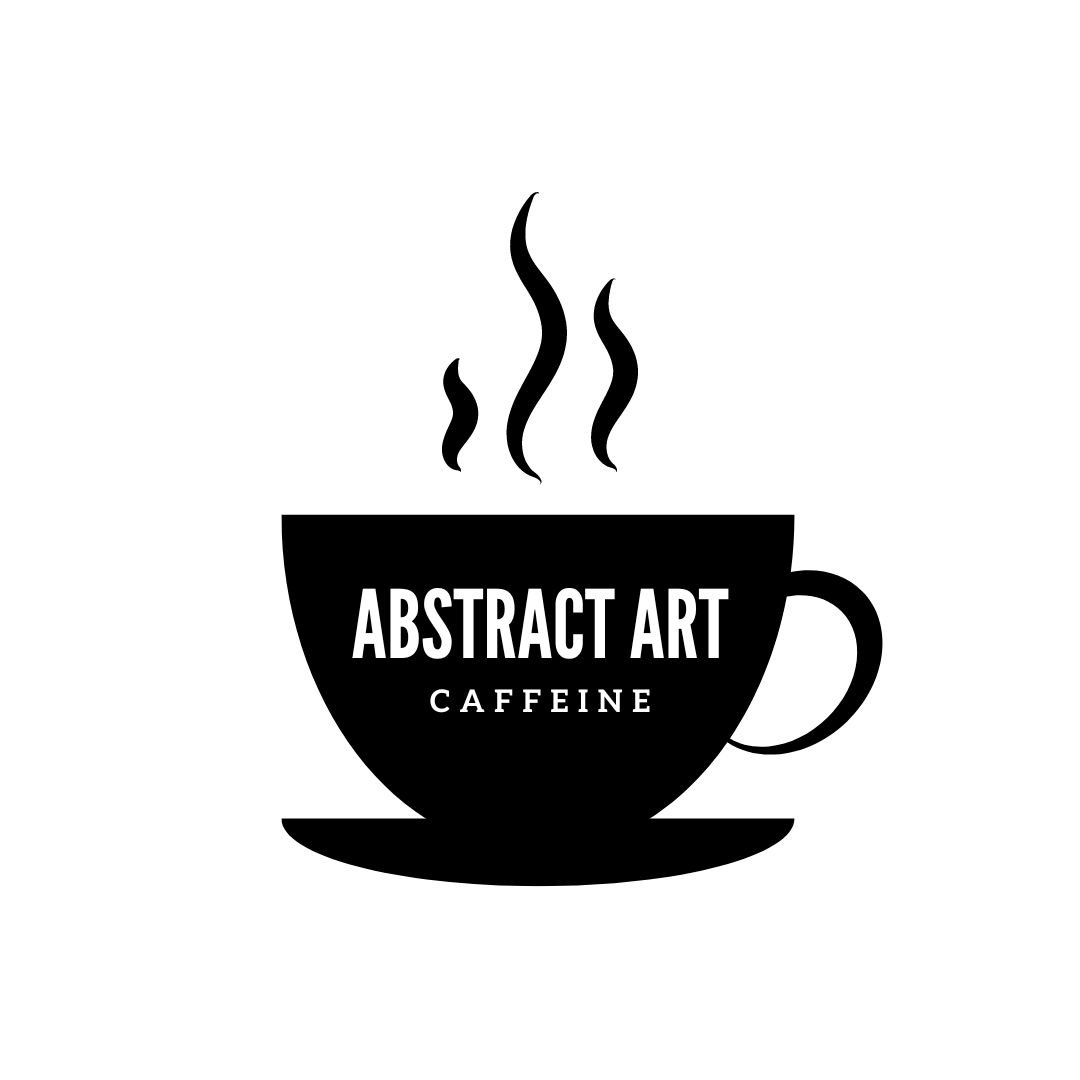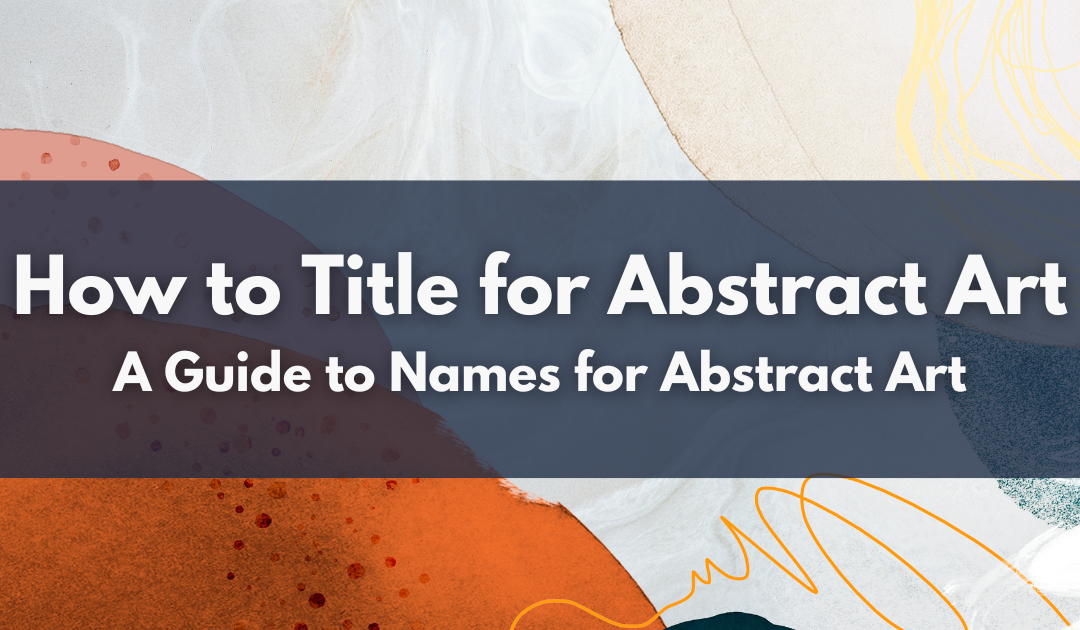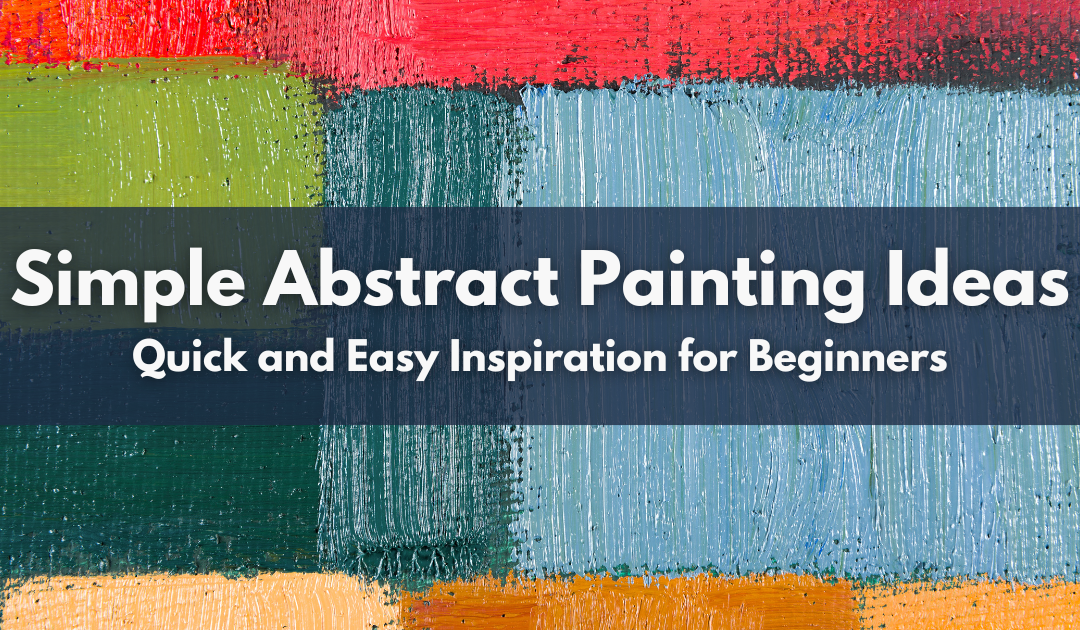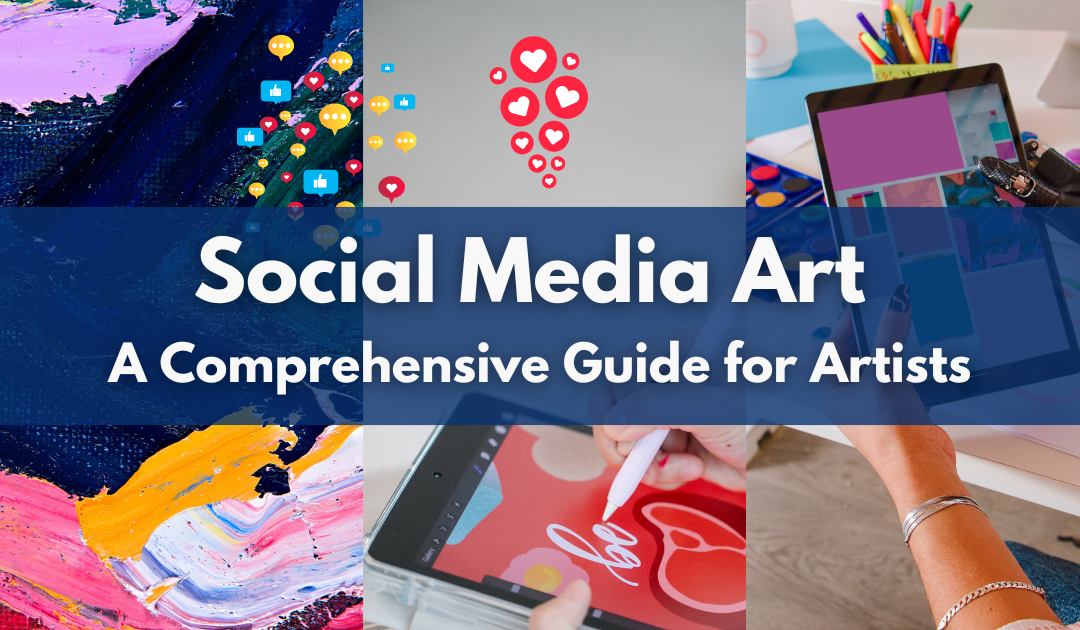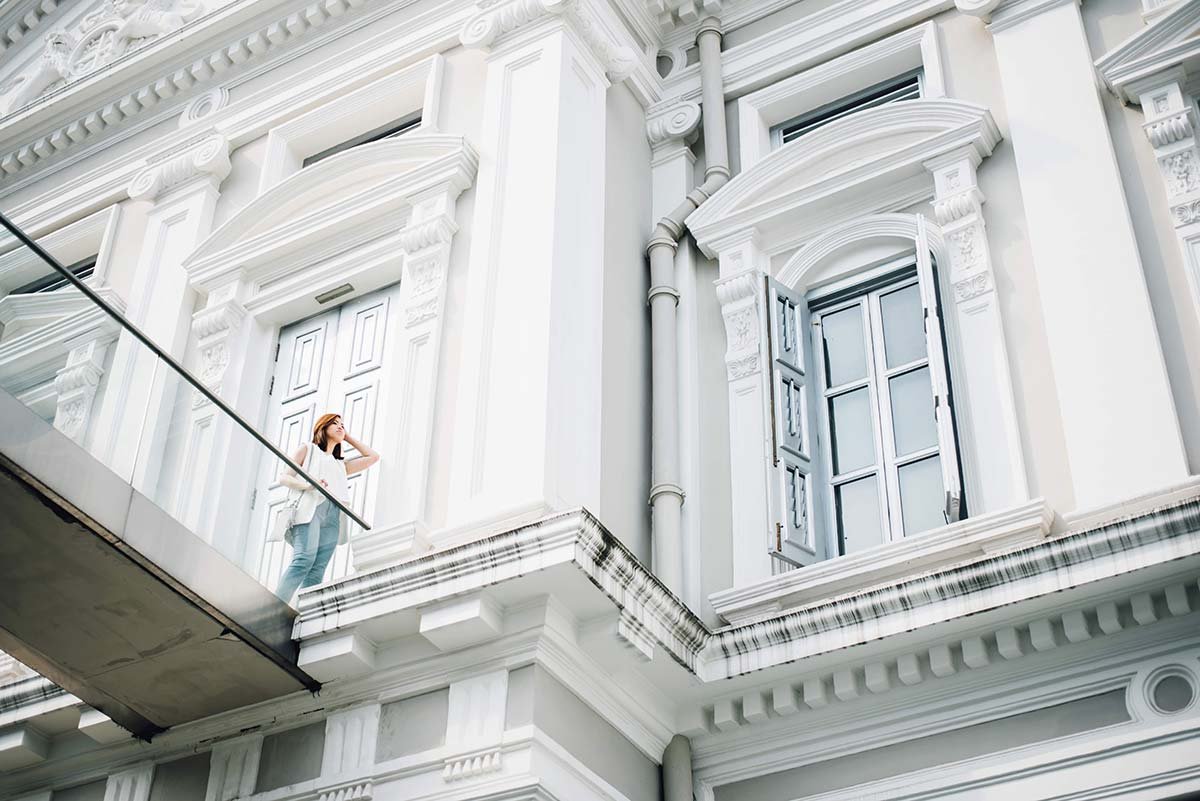Welcome to our comprehensive guide on exploring different abstract art painting styles. Whether you’re an art enthusiast, a beginner abstract artist, or an abstract painting lover, understanding these distinct styles can significantly enrich your creative process and knowledge of abstract painting styles.
This guide aims to provide an in-depth look at various abstract art painting styles, their historical context, and how they shape artistic expression.
We’ll cover everything from the vibrant strokes of Expressionism to the structured forms of Geometric Abstraction.
By the end of this article, you’ll have a solid grasp of these styles and be inspired to experiment with your personal touch.
Let’s get started!
What is Abstract Art?
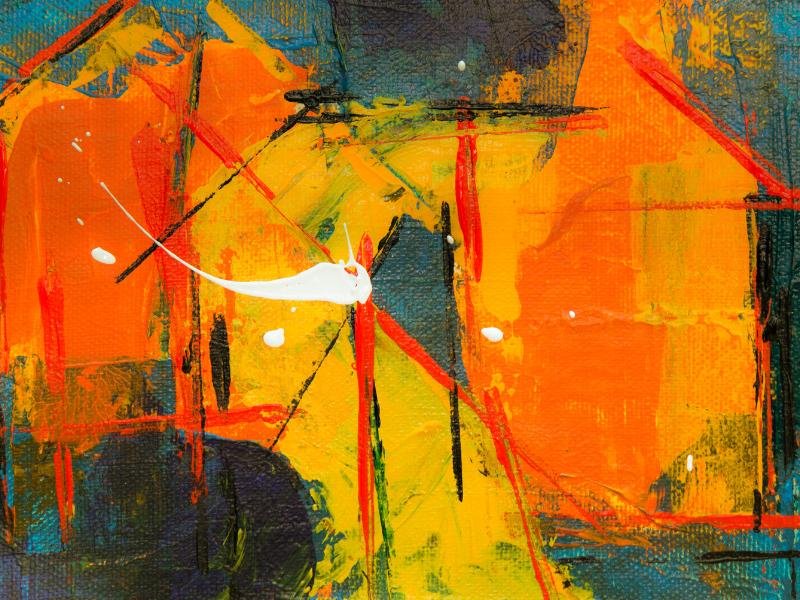
Definition and Characteristics
Abstract art is a form of visual expression that departs from realistic representation, focusing instead on shapes, colors, forms, and gestural marks to convey emotions, ideas, or visual experiences.
Unlike traditional art forms that aim to depict recognizable objects or scenes, abstract art relies on non-representational elements to communicate with the viewer. It often uses geometric shapes, lines, and dynamic compositions to evoke emotions and thoughts.
Abstract art is characterized by its non-objective approach to creation. It often features:
- Non-representational forms
- Bold use of color
- Emphasis on texture and brushwork
- Exploration of spatial relationships
- Focus on emotional or conceptual expression
These elements combine to create works that invite viewers to interpret and engage with the art on a more personal level, often evoking different responses from different individuals.
Historical Context and Evolution
The roots of abstract art can be traced back to the late 19th and early 20th centuries. This period saw a significant shift in artistic thinking, influenced by technological advancements, philosophical changes, and a desire to break free from traditional artistic constraints.
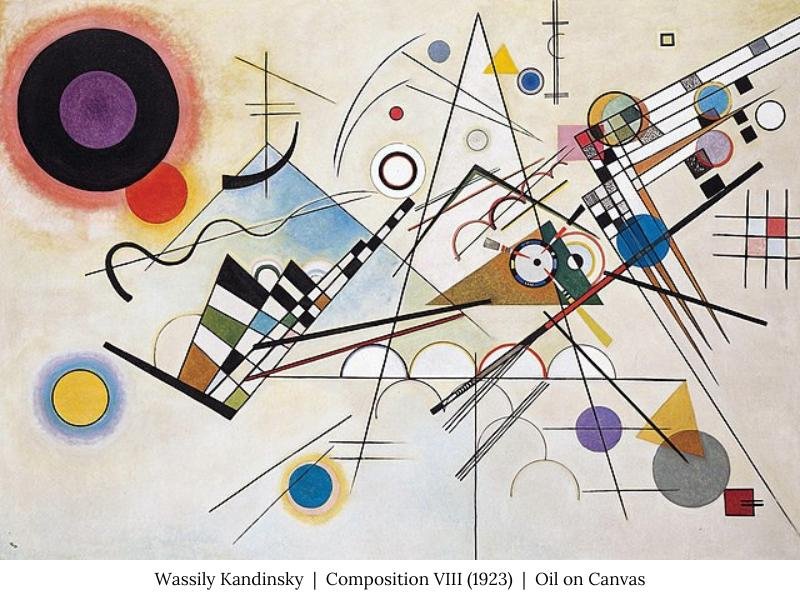
It emerged as artists began to challenge the conventions of realism. Movements like Cubism and Expressionism played crucial roles in its evolution, pushing boundaries and redefining what art could be.
Key milestones in the evolution of abstract art include:
- 1910s: Wassily Kandinsky creates some of the first purely abstract paintings
- 1920s: The rise of Constructivism and De Stijl movements
- 1940s-1950s: Abstract Expressionism emerges in the United States
- 1960s-1970s: Minimalism and Conceptual Art gain prominence
Key Movements and Influences
Several art movements have majorly influenced the development of abstract art painting styles:
- Impressionism: While not abstract, it paved the way by emphasizing light and color over exact representation.
- Fauvism: Known for its wild, expressive use of color.
- Cubism: Broke down objects into geometric forms, challenging traditional perspective.
- Surrealism: Explored the subconscious mind, inspiring many abstract artists.
- Expressionism: Characterized by emotional intensity and vibrant colors.
- Abstract Expressionism: Emphasized spontaneous and intuitive creation.
These movements, among others, have shaped the landscape of abstract art, influencing countless artists and giving rise to numerous abstract painting styles.
The Importance of Painting Styles in Abstract Art

Understanding different abstract art painting styles is essential for artists and enthusiasts. These styles speak as a language through which artists communicate their ideas, emotions, and experiences.
How Styles Impact Artistic Expression
Different painting styles offer unique avenues for artistic expression. For example, Expressionism allows for emotional release, while Minimalism emphasizes simplicity and precision. Each style provides a different lens through which artists can explore their creativity.
Abstract art painting styles offer:
- A set of techniques and approaches to convey ideas
- A vocabulary of visual elements to articulate emotions
- A context within which to explore new concepts
Different styles allow artists to emphasize various aspects of their work, and they can express their ideas and emotions on their canvases.
The Role of Personal Style in an Artist’s Work
Developing a personal style is essential and necessary for any artist. It sets them apart and allows them to communicate their unique vision effectively. Understanding various abstract painting styles can help artists identify elements they resonate with and incorporate them into their work.
The unique combination of techniques, preferences, and perspectives can make an artist’s work recognizable. Developing a personal style involves:
- Experimenting with different abstract painting styles
- Combining elements from various styles
- Refining techniques that resonate with the artist’s vision
- Consistently exploring and evolving one’s approach
Influence on Art Appreciation and Critique
Awareness of different styles enhances art appreciation and critique. It allows viewers to understand the context and intent behind an artwork. Critics can also rely on this knowledge to evaluate art’s technical and emotional aspects.
Understanding abstract art painting styles improves our ability to appreciate and critique abstract works. It provides:
- The context for interpreting the artist’s intentions
- A plot for analyzing compositional choices
- Insights into the historical and cultural significance of the work
- A basis for comparing and contrasting different abstract art pieces
This knowledge deepens our engagement with abstract art, allowing for more meaningful interpretations and discussions.
Major Abstract Art Painting Styles
Abstract art encompasses various styles, each with unique characteristics and approaches. Let’s explore some of the most significant abstract painting styles that have shaped the art world.
a. Expressionism
Expressionism is an abstract art painting style emphasizing emotional experience over physical reality.
Key Features
Expressionism is characterized by:
- Distorted forms and exaggerated colors
- Intense, often raw emotions
- Subjective interpretation of reality
- Bold brushstrokes and dynamic compositions
- Rejection of naturalistic representation in favor of emotional impact
Prominent Artists
- Wassily Kandinsky: Often credited as the pioneer of abstract art, Kandinsky’s work evolved from representational to purely abstract, exploring the spiritual in art.
- Franz Marc: Known for his colorful animal paintings, Marc used bold colors to convey emotional and spiritual states.
Techniques and Methods
Expressionist painters often use:
- Vibrant, non-naturalistic colors to convey emotions
- Distorted shapes and forms to enhance emotional impact
- Thick, visible brushstrokes to add texture and energy
- Emotional symbolism in color and form
- Improvisation and spontaneity in the painting process
Further reading: Expressionism at The Art Story.
b. Cubism
Cubism revolutionized European painting and sculpture, influencing related music, literature, and architecture movements.
Key Features
Cubism is characterized by:
- Fragmentation of forms into geometric shapes
- Multiple viewpoints are presented simultaneously
- Flattened picture plane
- Muted color palette
- Incorporation of text and collage elements (in later Synthetic Cubism)
Prominent Artists
- Pablo Picasso: Co-founder of the Cubist movement, Picasso’s work “Les Demoiselles d’Avignon” is considered a proto-Cubist masterpiece.
- Georges Braque: Collaborated closely with Picasso in developing Cubism, focusing on still life and muted colors.
Techniques and Methods
Cubist painters often employ:
- Geometric simplification of objects into faceted forms
- Overlapping planes to create a sense of depth without a traditional perspective
- Collage and mixed media, incorporating real objects or printed materials
- Limited use of perspective and foreshortening
- Analytical approach to breaking down and reconstructing forms
Further reading: Cubism at The Metropolitan Museum of Art.
c. Abstract Expressionism
Abstract Expressionism emerged in the United States in the 1940s and 1950s, emphasizing spontaneous, automatic, or subconscious creation.
Key Features
Abstract Expressionism is characterized by:
- Large-scale canvases
- Gestural brushstrokes or color field painting
- Emphasis on the act of painting itself
- Exploration of the artist’s psyche
- Non-representational imagery
Prominent Artists
- Jackson Pollock: Known for his drip painting technique, Pollock laid canvases on the floor and poured or dripped paint onto them.
- Mark Rothko: Famous for his color field paintings featuring large rectangles of color aimed at evoking emotional responses.
Techniques and Methods
Abstract Expressionists often use:
- Action painting techniques involving physical movement in the painting process
- Large brushes or unconventional tools like sticks or trowels
- Pouring or dripping paint directly onto canvas
- Color field techniques for creating expanses of color
- Automatic drawing or painting to access the subconscious
Further reading: Abstract Expressionism at The Art Story.
d. Geometric Abstraction
Geometric Abstraction uses simple geometric forms placed in non-illusionistic space and combined into non-objective compositions.
Key Features
Geometric Abstraction is characterized by:
- Use of simple geometric shapes (circles, squares, triangles)
- Precise, clean lines
- Flat colors
- Non-representational compositions
- Often mathematical or systematic approaches to composition
Prominent Artists
- Piet Mondrian: Known for his grid-based paintings using primary colors and black lines.
- Kazimir Malevich: Founder of Suprematism, a form of geometric abstraction focusing on basic geometric forms.
Techniques and Methods
Geometric Abstractionists often employ:
- Ruler and compass for precise shapes
- Flat application of paint
- Limited color palettes
- Mathematical proportions and ratios
- Hard-edge painting techniques for crisp, clean lines
Further reading: Geometric Abstraction at The Art Story.
e. Minimalism
Minimalism in abstract art is characterized by extreme simplicity of form and a literal, objective approach.
Key Features
Minimalism is characterized by:
- Extreme simplicity of form
- Use of industrial materials
- Repetition and seriality
- Emphasis on the physical space around the artwork
- Rejection of emotional or symbolic content
Prominent Artists
- Agnes Martin: Known for her grid-based paintings featuring subtle colors and lines.
- Frank Stella: Famous for his shaped canvas works and the phrase “What you see is what you see.”
Techniques and Methods
Minimalist artists often use:
- Simple, often repeated geometric forms
- Monochromatic or limited color palettes
- Industrial materials and processes
- Mathematical systems or patterns
- Reduction of form to essential elements
Further reading: Minimalism at TATE.
f. Lyrical Abstraction
Lyrical Abstraction emerged in the 1960s and 1970s as a reaction against geometric abstraction and minimalism.
Key Features
Lyrical Abstraction is characterized by:
- Intuitive and loose gestural expression
- Emphasis on spontaneity and improvisation
- Use of diluted paint and staining techniques
- Focus on the process of creation
- Often, large-scale works with a sense of openness
Prominent Artists
- Helen Frankenthaler: Pioneer of the soak-stain technique, creating luminous abstract landscapes.
- Sam Francis: Known for his colorful, abstract compositions influenced by Abstract Expressionism and Color Field painting.
Techniques and Methods
Lyrical Abstractionists often employ:
- Pouring and staining techniques
- Loose, gestural brushwork
- Transparent layers of color
- Emphasis on the fluidity of paint
- Intuitive composition and color choices
Further reading: Lyrical Abstraction at The Art Story.
g. Color Field Painting
Color Field Painting is an abstract painting style characterized by large areas of more or less flat single color.
Key Features
Color Field Painting is characterized by:
- Large areas of unbroken color
- Emphasis on the emotional effects of color
- Minimal surface texture
- Rejection of gestural brushstrokes
- Often large-scale works envelop the viewer
Prominent Artists
- Mark Rothko: Famous for his rectangular regions of color intended to evoke emotional responses.
- Barnett Newman: Known for his “zip” paintings featuring vertical lines against fields of color.
Techniques and Methods
Color Field painters often use:
- Thinned paints to create flat color areas
- Large brushes or rollers for smooth application
- Staining techniques to embed color in the canvas
- Careful color selection for maximum emotional impact
- Elimination of gestural brushstrokes for a more meditative effect
Further reading: Color Field Painting at The Art Story.
Emerging and Contemporary Styles
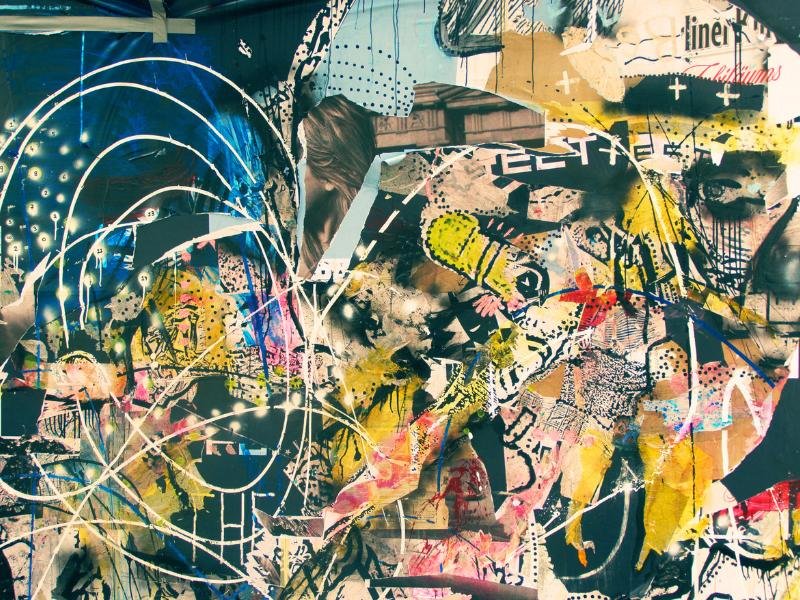
The world of abstract art continues to evolve, with new styles and approaches emerging alongside traditional methods.
New Trends and Innovations in Abstract Art
Abstract art continues to evolve with new trends and innovations. Digital art, mixed media, and interactive installations are just a few examples of how contemporary artists are pushing the boundaries of abstraction.
Contemporary abstract art is characterized by:
- Digital and technological integration
- Environmental and social consciousness
- Cross-disciplinary approaches
- Emphasis on viewer interaction
Prominent Contemporary Abstract Artists
Artists like Julie Mehretu and Gerhard Richter lead the way in contemporary abstract art. Their work reflects current social and political themes, blending traditional techniques with modern technology.
- Julie Mehretu: Known for her large-scale, layered abstract paintings
- Gerhard Richter: Recognized for his diverse abstract and photorealistic works
- Cecily Brown: Famous for her sensual, gestural abstract paintings
Techniques and Approaches
Contemporary artists often use a mix of traditional and digital techniques. These include everything from painting and sculpture to video art and virtual reality. The focus is on innovation and experimentation.
Contemporary abstract artists often employ:
- Mixed media and unconventional materials
- Digital tools and software in the creation process
- Installation and performance elements
- Conceptual approaches to abstraction
How to Identify and Develop Your Abstract Art Painting Style
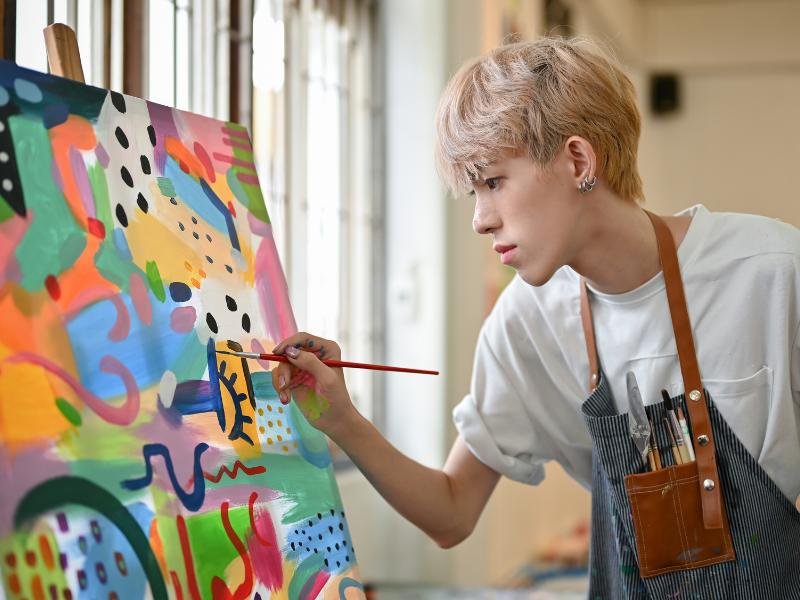
Developing a personal style in abstract art is a journey of exploration and self-discovery.
Tips for Exploring Different Styles
Experiment with different mediums and techniques to find what resonates with you. Take inspiration from various abstract art styles and see how to incorporate elements into your work.
Quick tips to follow:
- Study various abstract art painting styles
- Experiment with different techniques and materials
- Analyze works by artists you admire
- Attend art exhibitions and workshops
Exercises and Practices to Discover Personal Style
Try exercises like blind contour drawing, free-form painting, and color studies. These practices can help you break free from conventional thinking and discover your unique artistic voice.
Quick Tips to follow:
- Daily sketching or painting exercises
- Color studies and experiments
- Texture and material explorations
- Emotional response paintings
Importance of Experimentation and Continuous Learning
Never stop experimenting and learning. Attend workshops, read books, and engage with other artists. The more you explore, the more you develop your style and grow as an artist.
- Embrace failures as learning opportunities
- Regularly step out of your comfort zone
- Seek feedback from peers and mentors
- Stay updated with contemporary art trends
Recommended Books for Learning
To further your understanding of abstract art painting styles, consider these insightful books:
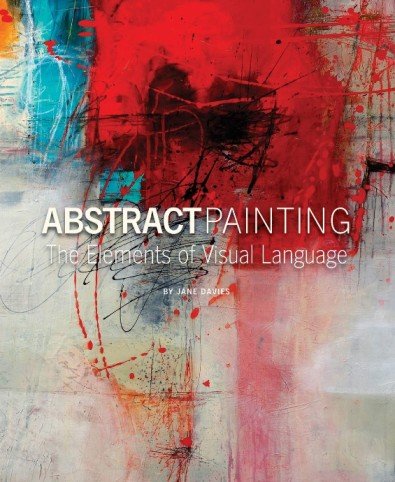
Abstract Painting: The Elements of Visual Language by Jane Davies offers an insightful exploration of abstract painting, breaking down complex concepts into understandable elements.
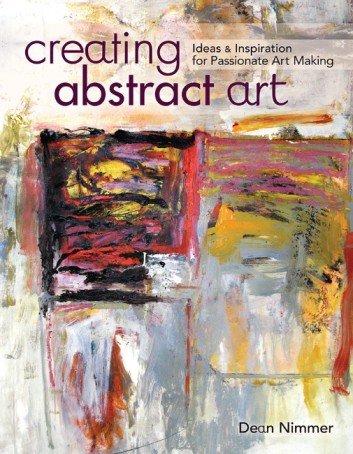
Creating Abstract Art Ideas and Inspirations for Passionate Art-Making by Dean Nimmer provides a wealth of ideas and techniques to ignite your creativity and push the boundaries of your abstract art practice.
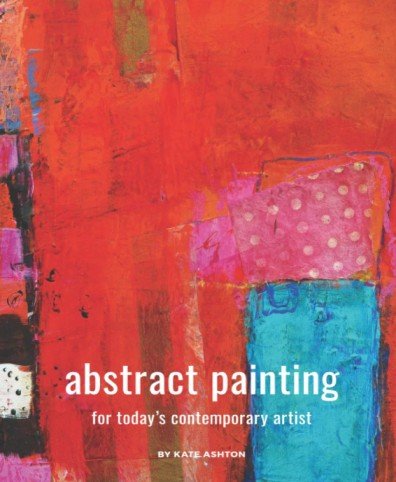
Abstract Painting For Today’s Contemporary Artist by Kate Ashton is a modern guide that offers practical advice on creating compelling abstract art, blending traditional methods with contemporary approaches.
Frequently Asked Questions (FAQ) on Abstract Art Painting Styles
- What are the five given example types of abstract art?
Answer: Five examples of abstract art are Expressionism, Cubism, Abstract Expressionism, Geometric Abstraction, and Minimalism. - What are the 4 elements of abstract art?
Answer: The four key elements of abstract art are color, shape, form, and line. These elements are used in various combinations to create non-representational compositions. - What are the rules of abstract art?
Answer: While abstract art often breaks traditional rules, some general principles include: focus on emotions rather than realistic representation, use of color and form to convey meaning, emphasis on composition and balance, and freedom of expression. - How do I choose an abstract painting style?
Answer: Choosing an abstract painting style involves experimenting with different techniques, studying various styles, identifying what resonates with your personal expression, and developing your unique approach through practice and exploration. - Can I mix different abstract art styles in my work?
Answer: Absolutely! Many artists blend elements from various styles to create unique and innovative works. The key is to experiment and find a balance that works for you. - Can abstract art be figurative?
Answer: Yes, abstract art can include figurative elements. Some abstract artists incorporate recognizable forms or figures that are highly stylized or abstracted within their non-representational compositions. - Is there a difference between abstract and non-objective art?
Answer: While often used interchangeably, abstract art can include some reference to reality, while non-objective art is entirely devoid of recognizable objects or forms, focusing solely on colors, shapes, and textures. - What materials do I need to start abstract painting?
Answer: Basic materials include canvas, acrylic or oil paints, brushes, palette knives, and a palette. Explore materials like mixed media, digital tools, or unconventional surfaces as you experiment. - How has technology influenced contemporary abstract art styles?
Answer: Technology has influenced contemporary abstract art through digital creation tools, new printing techniques, virtual and augmented reality experiences, and the ability to share and collaborate on a global scale easily. - Where can I see abstract art in person?
Answer: Visit art galleries, museums, and exhibitions dedicated to modern and contemporary art in the city and country you are living now. Some famous institutions include the Museum of Modern Art (MoMA) in New York, Tate Modern in London, and the Guggenheim Museum in New York.
Conclusion
Exploring different abstract art painting styles opens up a world of creative possibilities.
From Expressionism’s emotional intensity to Minimalism’s geometric precision, each style offers unique ways to express ideas and emotions visually.
Understanding these styles enhances our appreciation of abstract art and provides a foundation for developing our artistic voice.
As we’ve seen, abstract art is not bound by rigid rules but thrives on innovation and personal interpretation. Whether you’re an aspiring artist or an art enthusiast, exploring abstract art styles is an ongoing adventure of discovery and self-expression.
We encourage you to experiment with various styles, learn from the masters, and, most importantly, find joy in the creation process.
Remember, every brushstroke is a step on your artistic journey. Keep exploring, keep creating, and let your abstract vision flourish!
If you like this Comprehensive Guide on Exploring Different Abstract Art Painting Styles, share it with your artist friends and fellow art enthusiasts to spread the love for abstract art painting styles.

